Themountainairischilly.Silencehangsamongtheleaves.ItspreadsthroughtheHimalayanforestlikeafog.Thescientistsstandperfectlystill.Theypeerupintothetreetops,hopingtosee something.
Suddenly,theforeststartstosoundlikefryingbacon.It’srainhammeringtheleaves.Thereisstillnosignofthemysteriousmonkeythatbroughtthescientistshere.Theyturntogo.Then,asneezecomesfromthebranchesabove.Thenanother.Asnub‑nosedmonkeywithupturnednostrilssneezes.Itsnortsastheraindripsintoitsnose. Anewspecieshasbeen discovered!
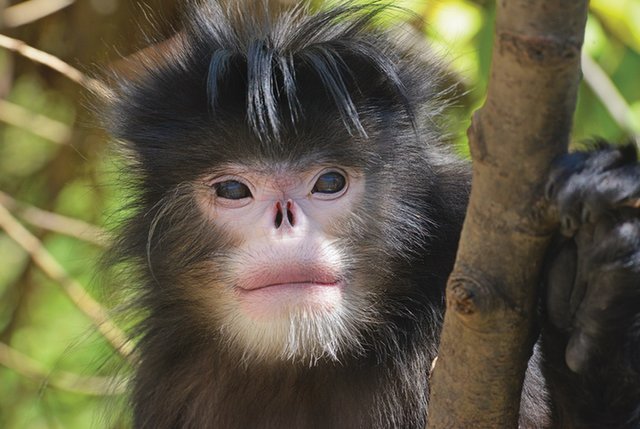
snub‑nosed monkey
Where'sWaldo?
Lotsoflivingthingslivetheirliveswithouteverbeingnoticedbyhumans.Trees,plants,insects,evenwhalescangounnoticedforcenturies!Someofthesenewspecies,likethesnub‑nosedmonkey,liveinplacesthatarehardtogetto.Otherscanbefoundcloser by.
There’salotofbiodiversityonEarth.Countlessspeciesoflivingthingsareonourplanet.Millionshavebeenputinto classifications.Manymorehaveyettobe discovered.
Scientiststhinktheremaybeasmanyas10 millionspeciesonEarth.Sofar,we’veonlyidentifiedabout1.3 million.
Wait,WhatIsThat?
Aflashoforangelandsonatreebranch.It’sgotsixlegsandwings.It’sthesizeofyourpinky.It’saninsect.Butit’slikenothingyou’veeverseenbefore.Haveyoudiscoveredanewspecies?Maybe,butmaybe not.
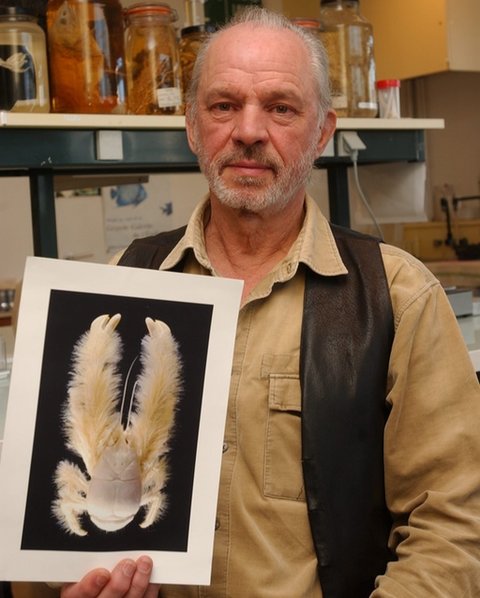
Thisscientisthelpeddiscovera newspeciesofcrabcalledtheyeti crab.
There’saprocessforhowtoidentifyandnameanewspecies.First,aspecimenhastobecapturedandcollected.Thenithastobestudied.Expertsmustmakesureitdoesn’talreadybelongtoaknownspecies.Ifitlookslikesomethingthatalreadyexists,adeeperlookmaybeneeded.ScientistscomparetheDNAtotheDNAofthesimilarspecies.Ifitisnotamatch,thenthefun begins.
Scientistswriteadetailedreportandsubmit ittoascientificjournal.Iftheseexpertsagree,theanimalofficiallybecomesanew species.
What'sinaName?
TheSortingHatSpider(Eriovixiagryffindori)looksjustlikeatinysortinghatfromtheHarryPotterseries.TheBeyoncéFly (Scaptiabeyonceae)hasagoldenbackside.Everyknownspeciesontheplanethasanofficialtwo‑partscientific name.
Thissystemhasbeenaroundsincethe1700s.SwedishscientistCarlLinnaeusdesigneditsothatpeoplefromdifferentpartsoftheworldcouldshareinformationaboutaspecificspecies.Andallwouldknowwhattheyweretalking about.
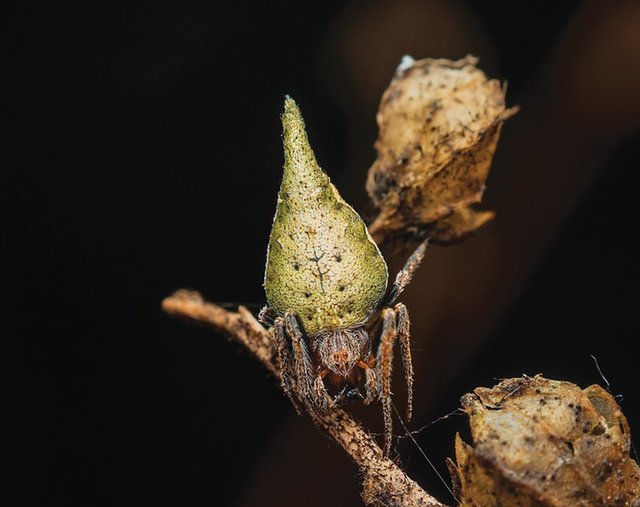
sortinghat spider
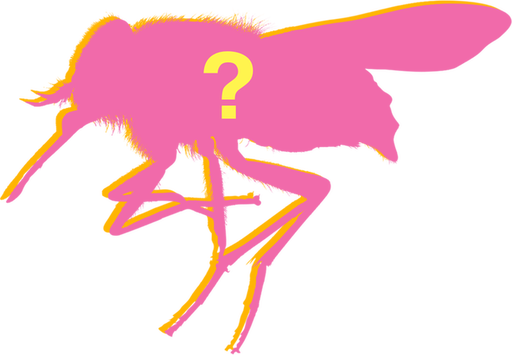
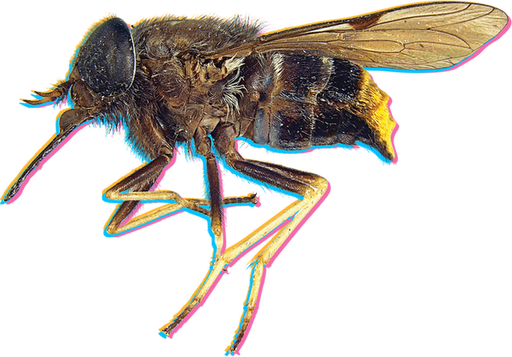
Beyoncé fly
Thefirstpartofthenameiscalledthegenus. It’sanameforasmallgroupofrelatedorganisms.Thesecondpartisauniquewordthatidentifiesthespecies. It’scalledthespecificepithet. Forexample,threesmallandroundspeciesoffungusbeetlesarenamedGelaebaen ("jelly bean"), Gelaebalae ("jelly belly"), andGelaedonut ("jelly dougnut").The genusisGelae.It showsthattheyarerelated. IftheLatinistoohardtosay, justusethecommonname,likethe“jellybelly” beetle.